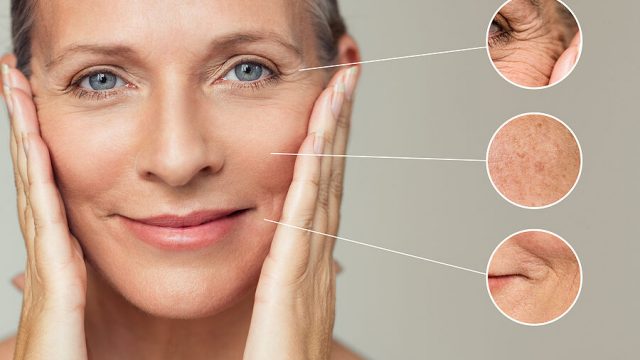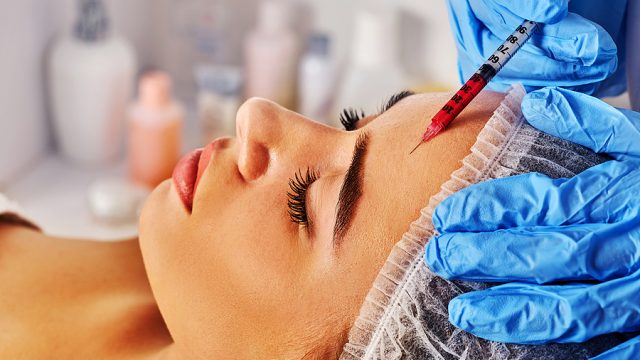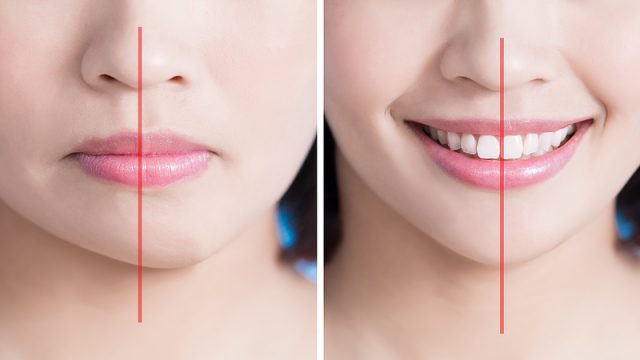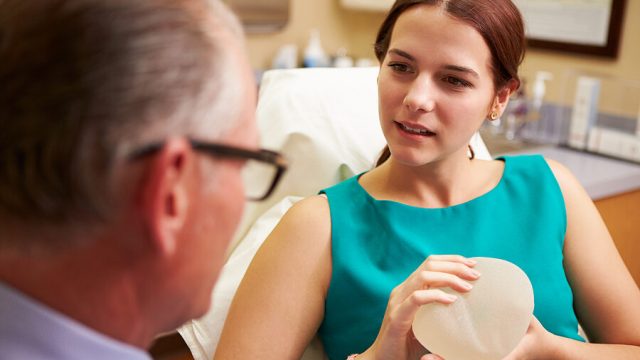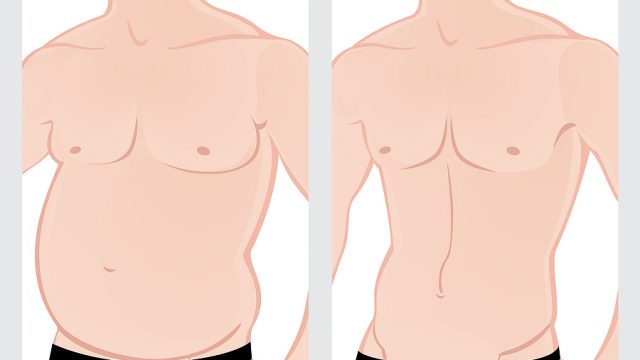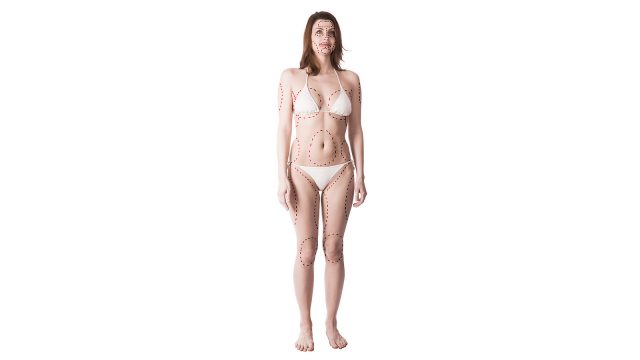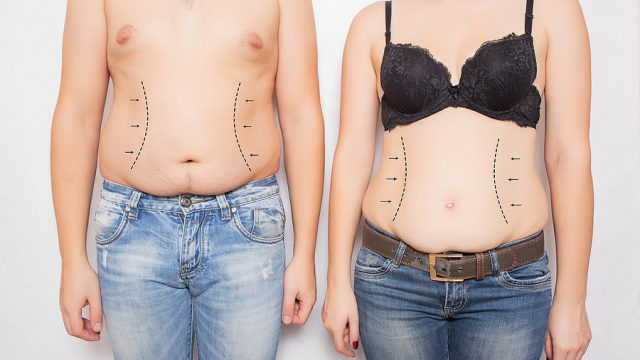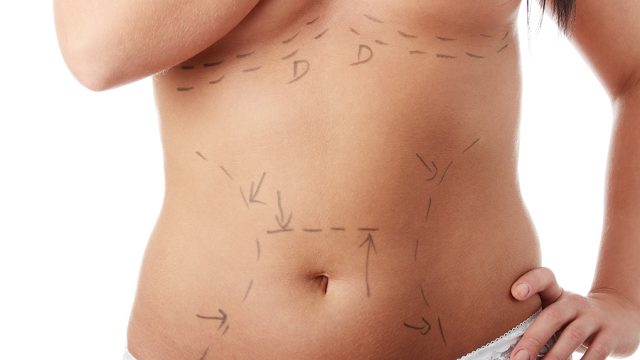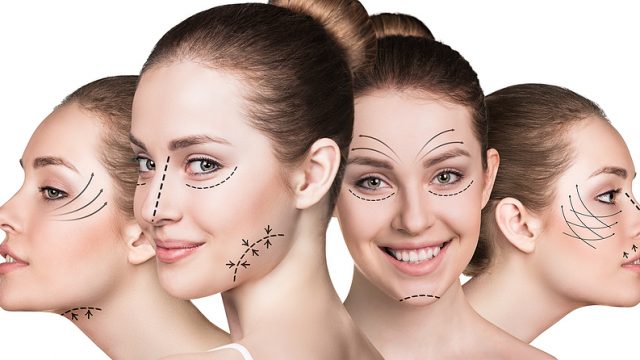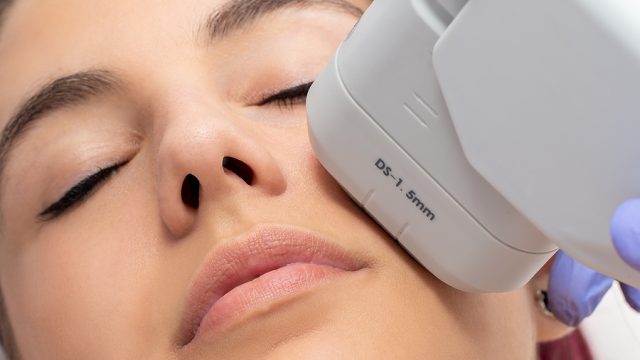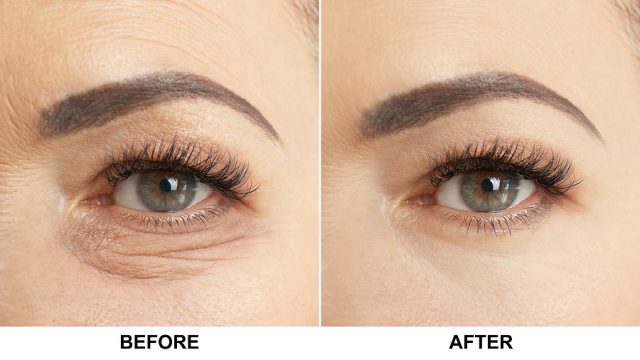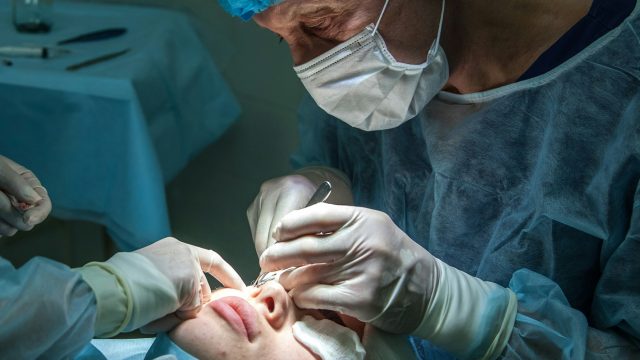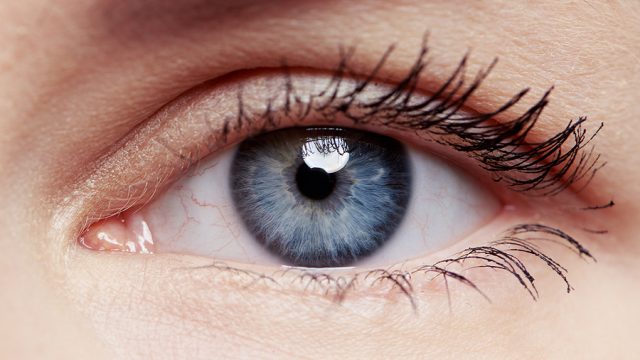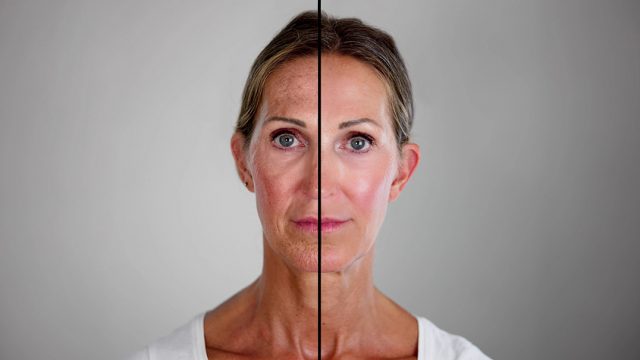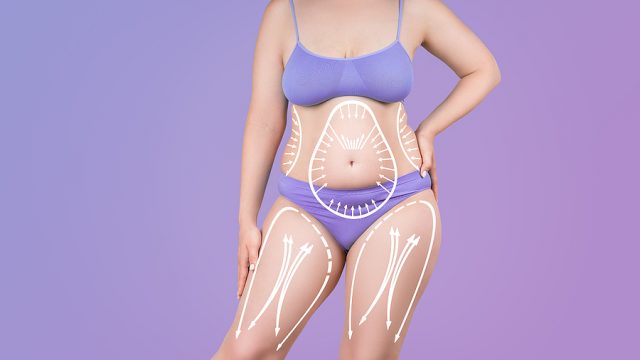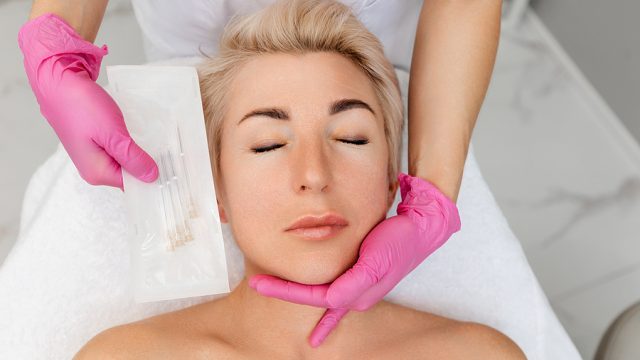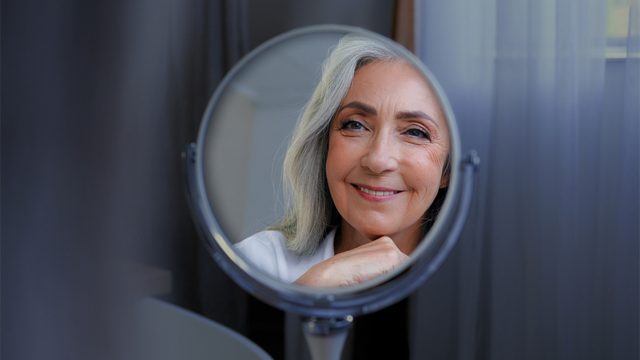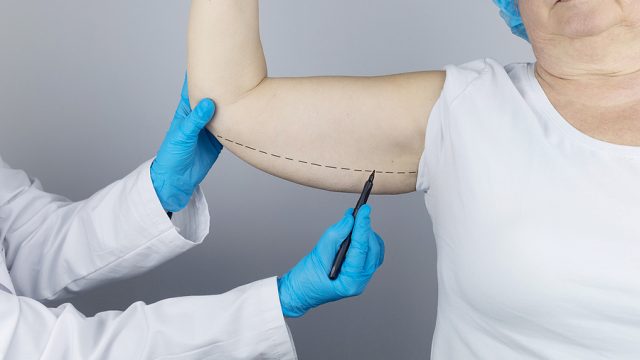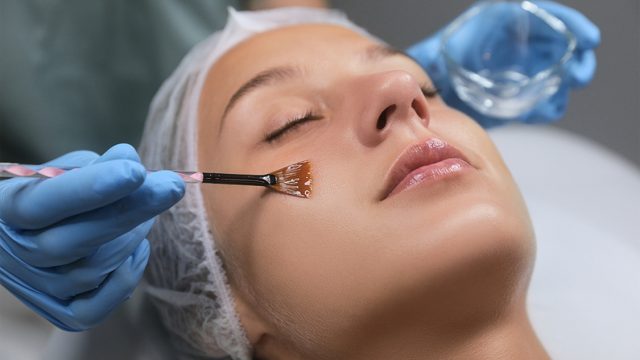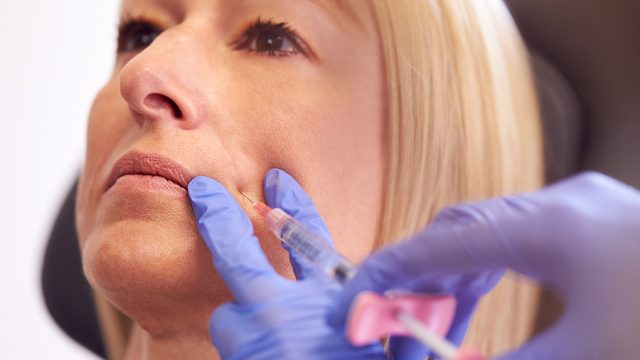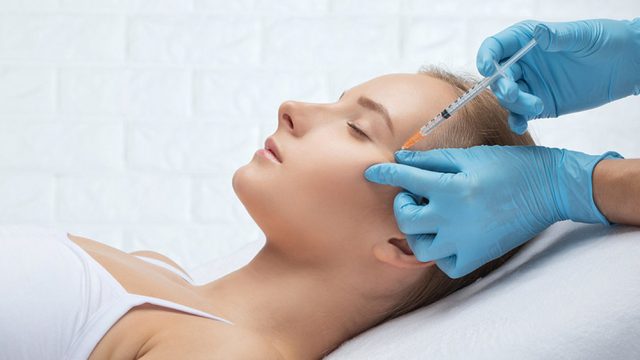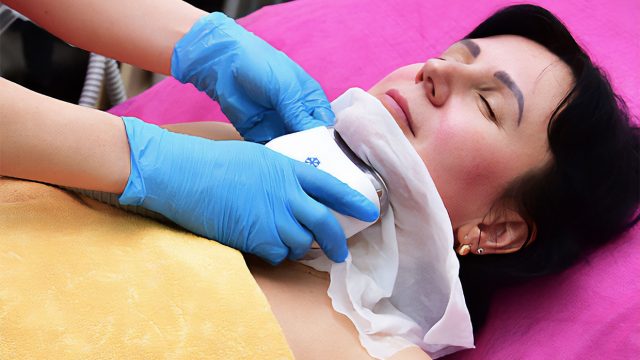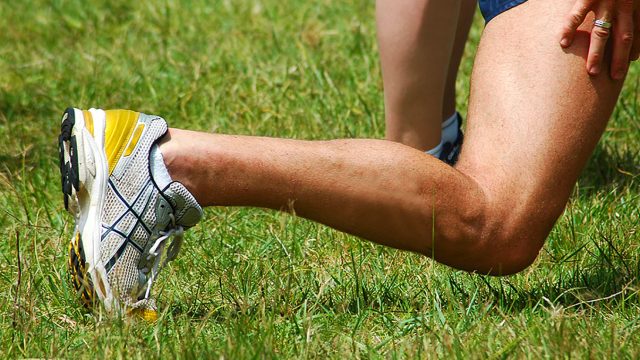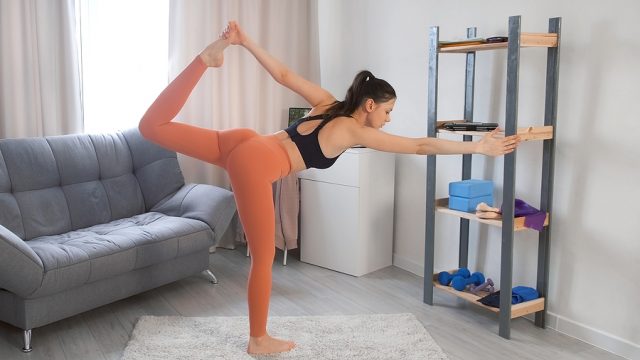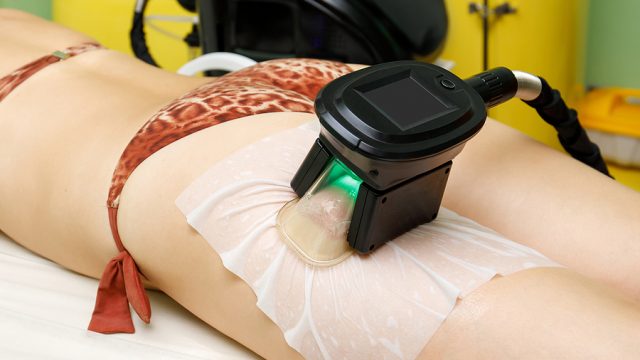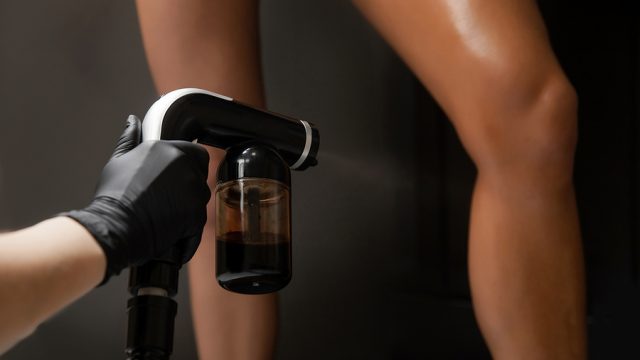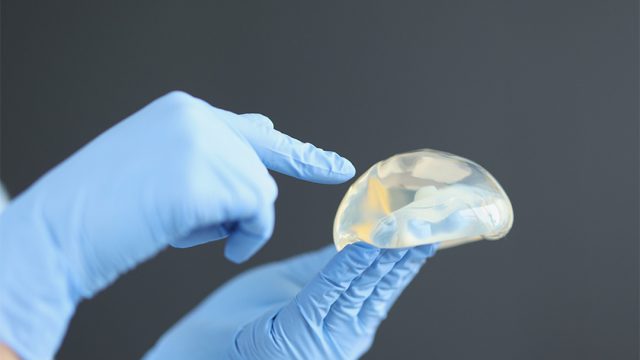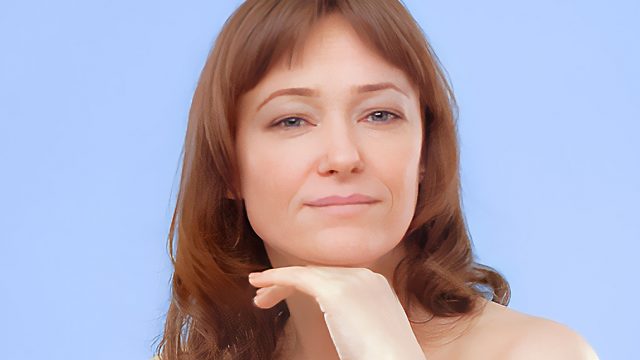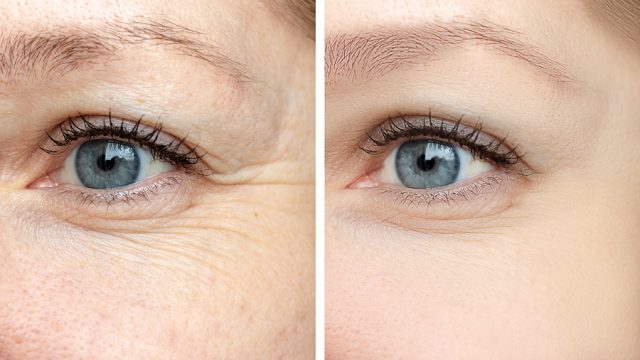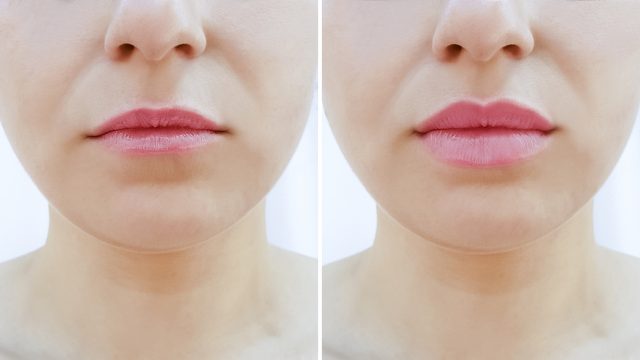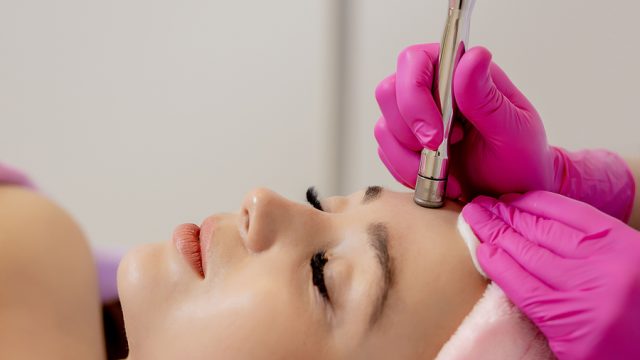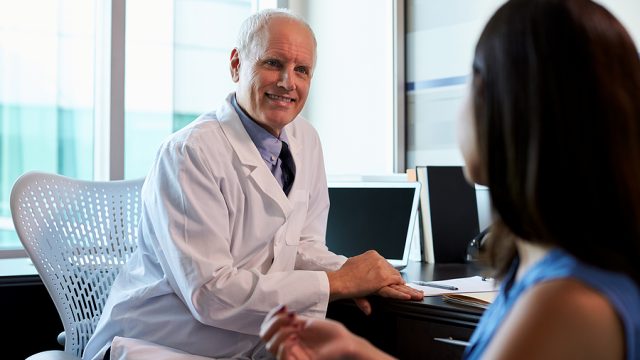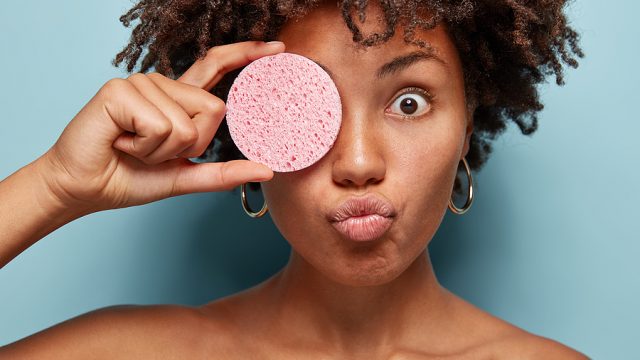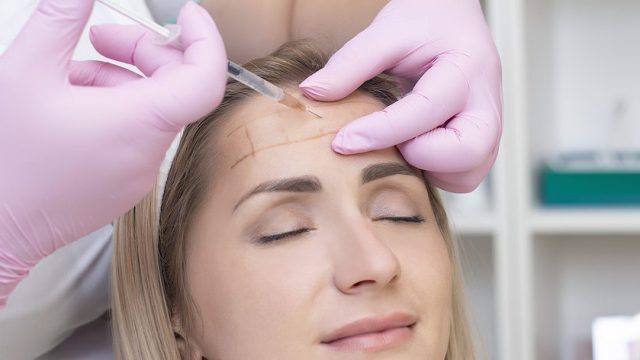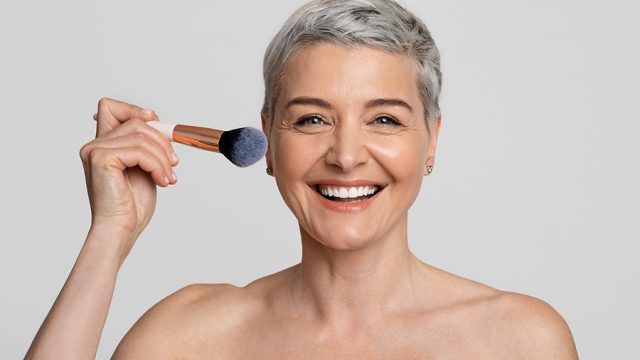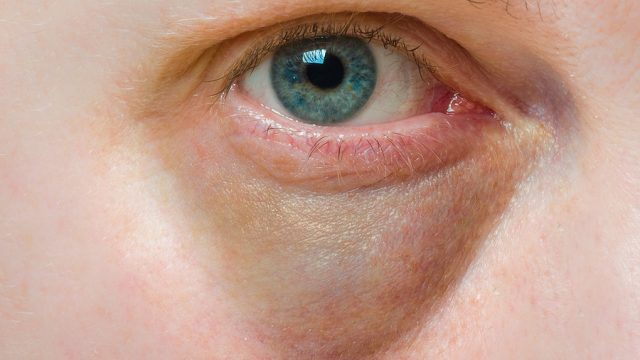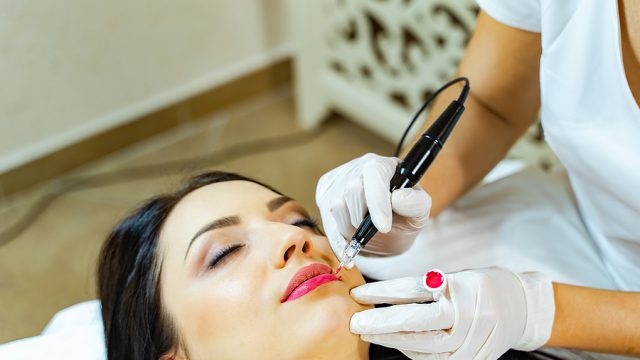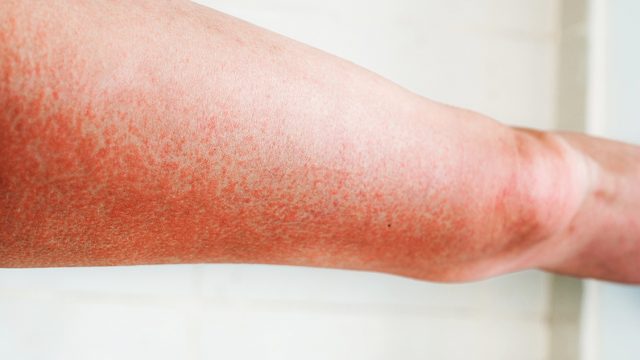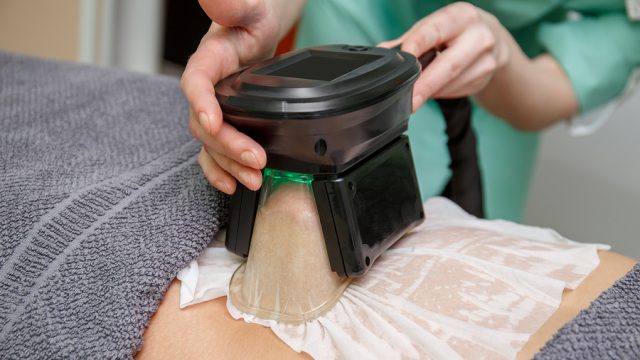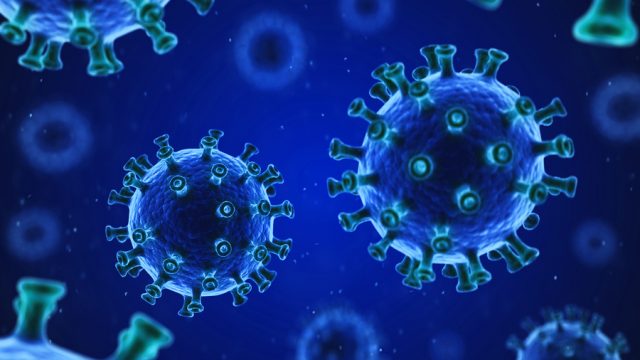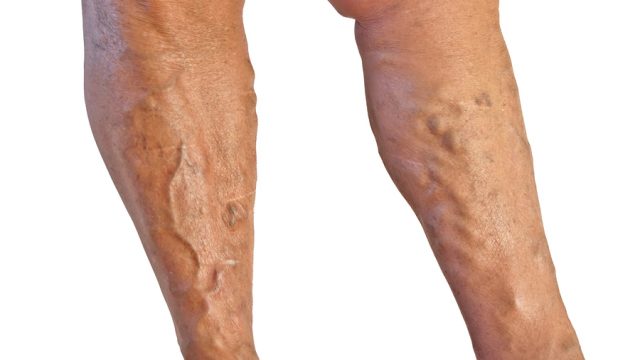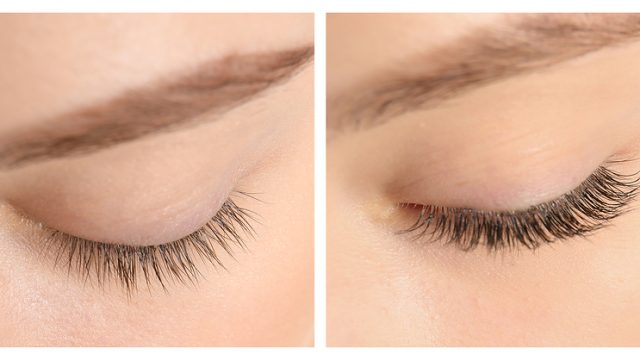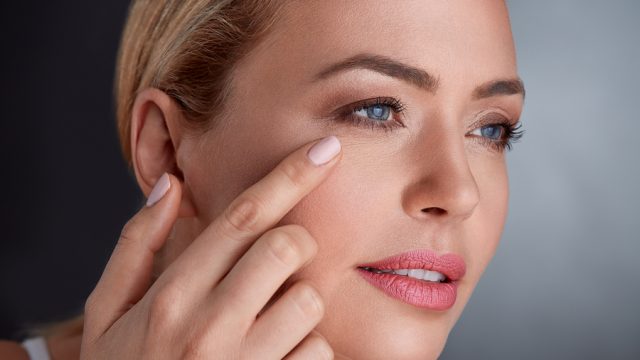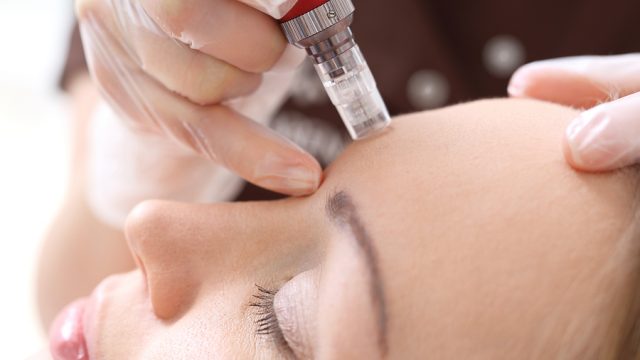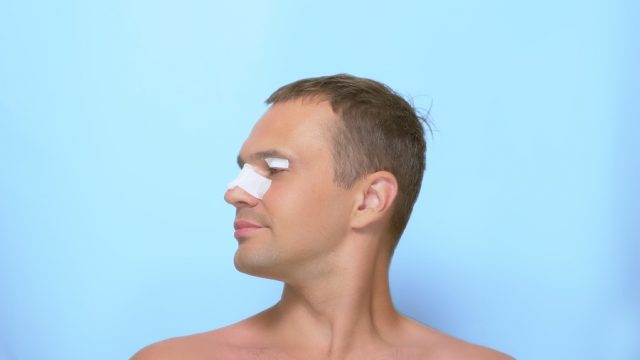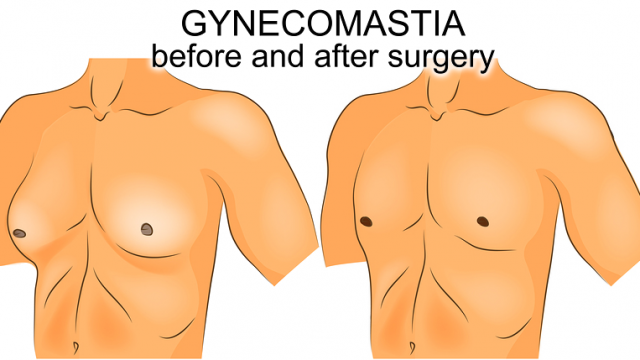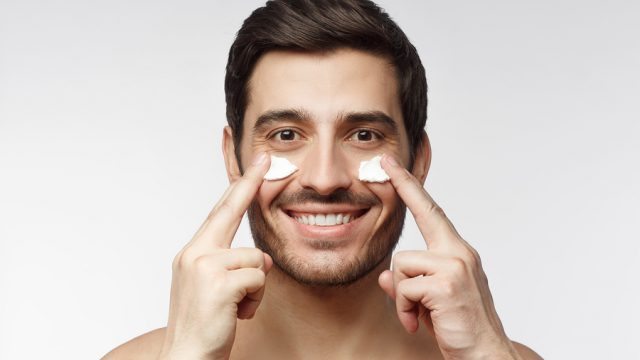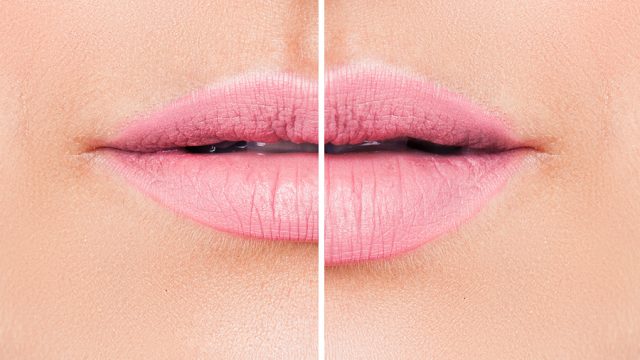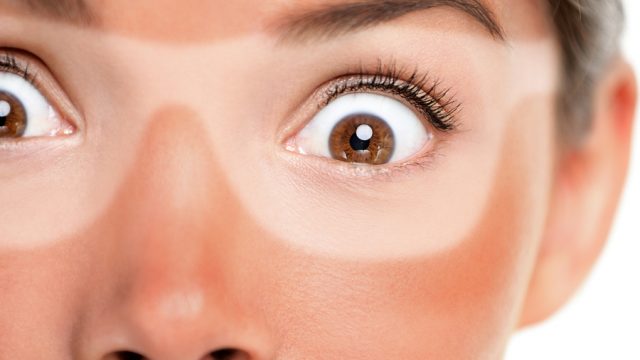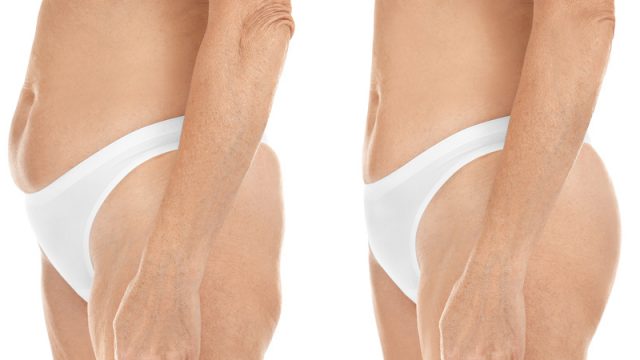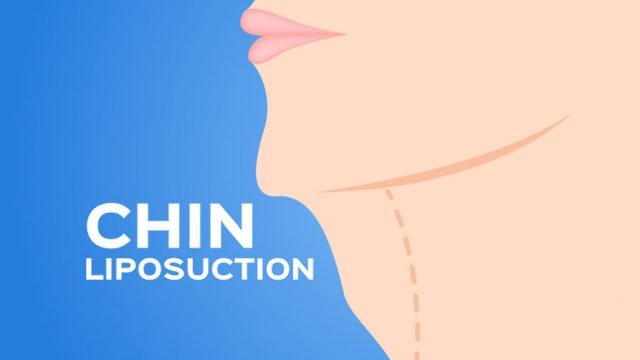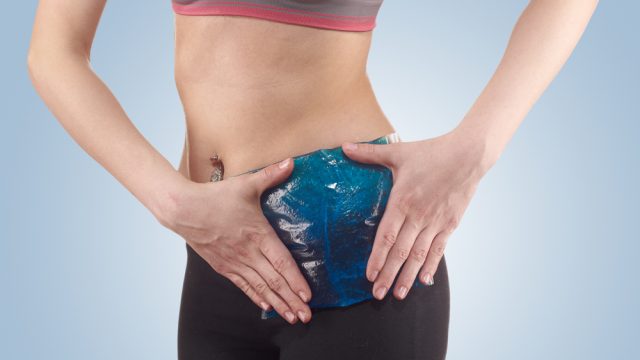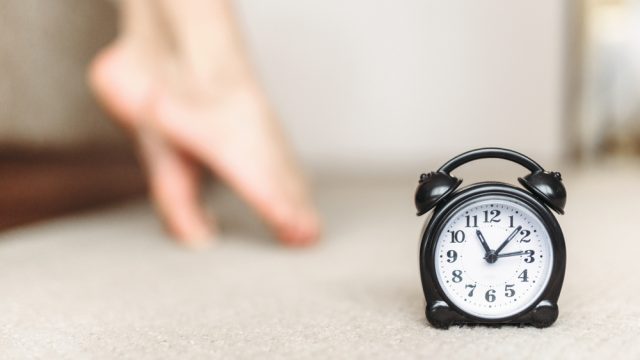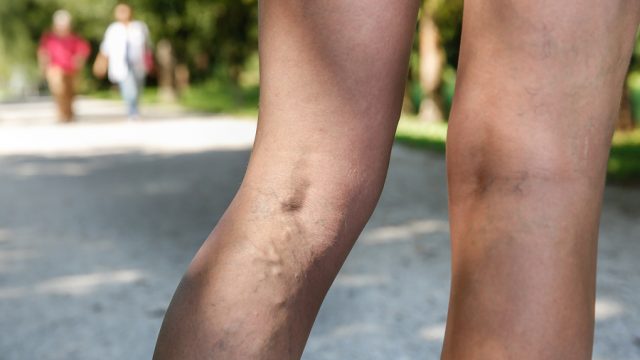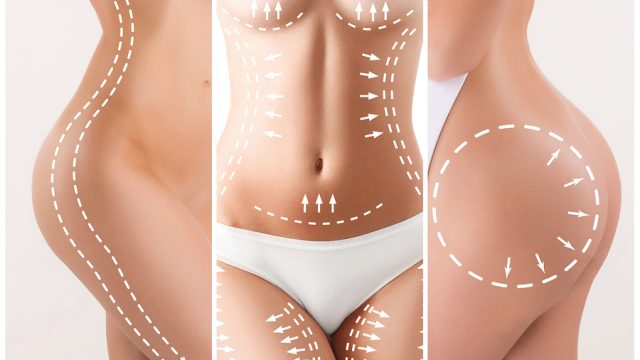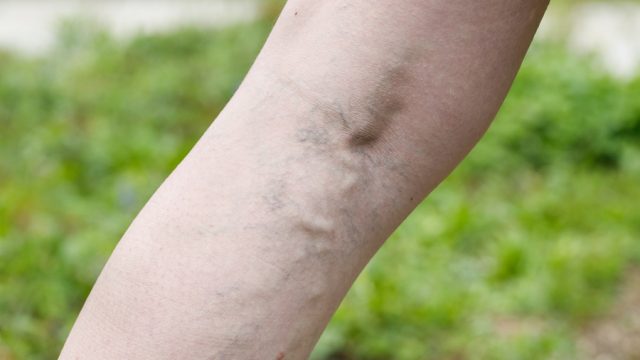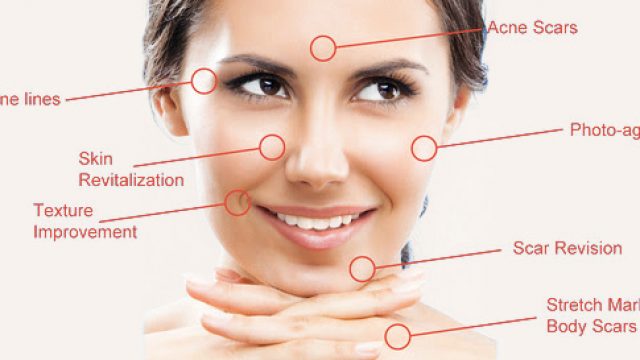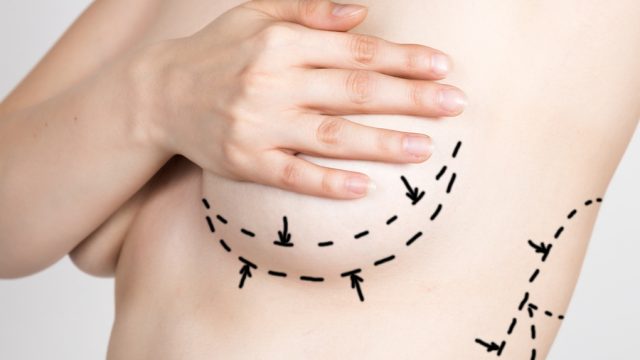The quest for youthful, firm skin doesn’t always require surgery. For individuals seeking a refreshed appearance without the downtime of invasive procedures, non-surgical skin tightening technologies have become increasingly popular. These treatments offer effective solutions for sagging skin, fine lines, and wrinkles—no scalpel required.
If you’ve been considering a non-surgical approach to rejuvenate your look, you may be wondering which technologies deliver the best results. This blog will explore three leading options—radio frequency, ultrasound, and laser treatments—to help you better understand their benefits, effectiveness, and ideal candidates. By the end, you’ll have a clearer picture of which might be right for you.
Why Non-Surgical Skin Tightening?
Non-surgical skin tightening has grown in demand over the last decade, and it’s no surprise why. These treatments are:
- Minimally invasive—No incisions or stitches are required.
- Convenient—Most procedures are quick, with little to no downtime after.
- Effective—Proven to boost collagen production and improve skin elasticity gradually.
From busy professionals to parents juggling hectic schedules, these treatments appeal to people who want to look and feel their best without disrupting their daily lives.
Leading Technologies in Non-Surgical Skin Tightening
Several technologies have revolutionized the non-invasive cosmetic field. Below, we’ll break down the most popular options to guide your decision.
1. Radio frequency Skin Tightening
Radio frequency (RF) treatments are a powerhouse in skin tightening. This technology uses radio waves to heat the deeper layers of the skin (the dermis) while leaving the surface untouched. The heat stimulates collagen and elastin production, essential proteins for maintaining firm and supple skin.
Benefits of RF Skin Tightening:
- Improves skin texture and tone
- Reduces fine lines and wrinkles
- Tightens mild to moderate skin laxity
- Works on almost all skin types and tones
Who is it for?
RF treatments are ideal for individuals experiencing mild to moderate sagging, particularly on the face, neck, or jawline. They also work well for women seeking post-pregnancy skin tightening on the abdomen.
What to Expect
Most sessions take under an hour, and while results aren’t immediate, they improve over several months as collagen builds. Side effects are rare, often limited to mild redness or swelling for a few hours.
2. Ultrasound Skin Tightening
Ultrasound technology, widely known through brands like Ultherapy, uses highly focused ultrasound energy to target the deeper layers of the skin, including the foundational layers often addressed during surgical facelifts. This stimulates collagen production more intensely than other non-invasive approaches.
Benefits of Ultrasound Skin Tightening:
- Provides deeper collagen stimulation
- Addresses moderate-to-severe sagging
- Long-lasting results—often up to 12 months
Who is it for?
This treatment is best suited for patients seeking targeted lifting and tightening, particularly around the eyebrows, chin, and neck. It’s a great option for individuals not ready to commit to a surgical facelift but needing noticeable results.
What to Expect
Ultrasound skin tightening generally involves a single treatment session, although some patients may benefit from follow-ups. Minor swelling or tenderness may occur, but these effects fade within days.
3. Laser Skin Tightening
Laser treatments work by delivering beams of concentrated light energy to the skin’s surface. This energy heats the dermis, stimulating collagen and elastin without damaging the outer layer. Lasers are especially effective in addressing wrinkles and loose skin on the face, neck, and even hands.
Benefits of Laser Skin Tightening:
- Smooths wrinkles and fine lines
- Improves overall skin texture
- Can address pigmentation issues along with tightening
Who is it for?
Laser skin tightening works well for those dealing not only with loose skin but also with uneven pigmentation or sun damage. Individuals with fair to medium skin tones typically see the best results.
What to Expect
A series of treatments is usually recommended—typically four to six sessions spaced a few weeks apart. Mild redness and sensitivity are common immediately after treatment but generally subside within 24 to 48 hours.
Comparing the Technologies
While all three technologies—radio frequency, ultrasound, and laser—can tighten skin effectively, their suitability depends on your skin type, specific concerns, and goals.
| Technology | Best For | Treatment Areas | Downtime |
| Radio frequency (RF) | Mild to moderate sagging | Face, neck, abdomen | Minimal |
| Ultrasound | Moderate to severe sagging, lifting | Face, neck, brow | Minimal |
| Laser | Wrinkles, sagging, pigmentation issues | Face, neck, hands | Minimal |
Each option has its own strengths, and a consultation with an expert can help determine the right solution for your unique needs.
Why Choose Dr. Apesos?
When exploring non-surgical skin tightening, you’ll want to work with a knowledgeable professional who stays at the forefront of cosmetic advancements. Dr. Apesos is a board-certified plastic and reconstructive surgeon with years of expertise in helping patients achieve their aesthetic goals. Whether you’re looking to tighten skin, improve texture, or simply refresh your appearance, he’ll guide you toward the treatment option best suited for your needs.
Take the First Step
Are you ready to experience the benefits of non-surgical skin tightening for yourself? Contact Dr. Apesos today to schedule a consultation. Personalized care and tailored recommendations are just a call away. Don’t wait to look and feel your best—reach out to our office and begin your transformation today!


